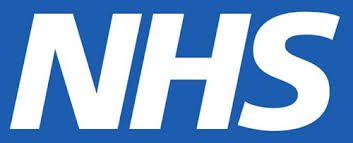This area of the toolkit aims to raise awareness of the recommendations and implementation strategies for clinicians, whether working within in-patient departments, primary care, secondary care, specialist delivery, or in the community. Here you’ll find information on how to change clinical practice to support the delivery of leg and foot ulcer care in line with the National Wound Care Strategy Programme recommendations, referral information for primary care staff, treatment guidance for clinical staff from podiatry and tissue viability nurses through to vascular and lymphodema service providers.
Finding your way around the resources
This page is structured in two ways. The people, process, technology change framework segments content by theme and the content is then further grouped under tabs by topic. You can jump to the theme using the links below and then tab through the topics. There are also links that will bring you back to the top of the page.
People
The people element is focused on supporting all staff who are helping patients with wounds. Resources include free online training, and example templates to help you to understand training gaps, identify essential skills knowledge and behaviours, in addition to case studies sharing the experiences of other organisations.
Go to people>>>This section includes information to help local services to implement a new evidence-based model, based on the leg and foot ulcer recommendations of the National Wound Care Strategy Programme. Here you will find resources spanning a range of topics including information to support business case development, equality health impact assessment examples, patient and public involvement and engagement examples, and quality improvement information.
Go to process >>>The technology element of the framework focuses on the tools and technologies that can help you make and support change. This includes things like project management software, wound management digital systems, communication tools, and training platforms. The right technology can make it easier to implement and support new pathways as well as track progress.
Go to technology >>>People
More resources coming soon.
In the meantime you’ll find people-based resources on the health and care providers page.
Practice based examples
Process
NWCSP and Wounds UK guidance
Practice based examples
NHS England guidance
TWC guidance






